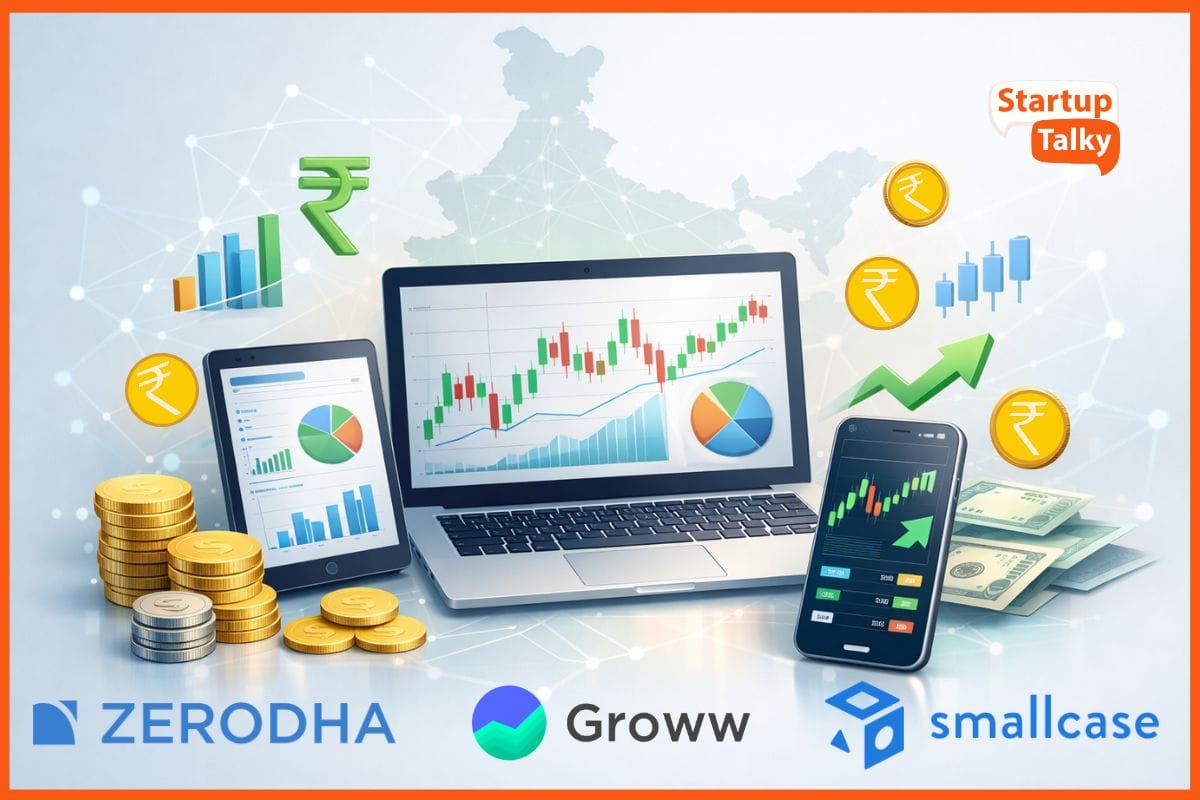Landing Page Conversion Optimization | Top 7 Factors That Affect Conversion on Landing Page
🔍Insights
A landing page is the first page a customer lands on after they click on your ad. It is often overlooked by marketers, but in reality, it can make or break your business. With the recent changes in Google's algorithm, it is imperative to have a plan to ensure that conversions are increased.
Online businesses can be made profitable only when the marketers and business owners have information about the activities of the visitors visiting their website. This includes sending responses via forms, subscriptions, and purchasing products through the site. So, when a person visits your website and completes a desired action that makes for the conversion rate. Your website might be getting a lot of traffic but it is of no use if it is not converting. Thus, there are various different factors responsible for increasing or decreasing the conversion rate. In this article, we will learn about different factors that affect the conversion on the landing page.
First, let us understand what Conversion rate means.
What is the Conversion Rate?
Factors Affecting Conversion on the Landing Page
What is the Conversion Rate?
When users visit a website, they either complete the action or not. The conversion rate is the percentage of users who complete the desired action on a website. The rate is calculated by dividing the total number of converting users by the total number of users who visited the website. It is then converted into a percentage.
For instance, if there are 150 visitors on the landing page out of which only 10 visitors took action, then the ratio will be 10 divided by 150, or approximately 7%.
Factors Affecting Conversion on the Landing Page
You may get a lot of traffic on your marketing landing pages, but not many visitors get converted into leads. It can be difficult for a marketer to determine the cause of poor conversion rates. The conversion rate is one of the most important metrics of a successful website. It directly corresponds to the company’s revenue growth. Conversion rates can be optimized in different ways and with different intentions. A good landing page influences consumers to take the desired action. Here are 7 factors by which you can increase your conversion rates:
Source of Traffic

The source of traffic has a significant impact on the overall conversion rate. The chances of conversion are higher when a visitor is already interested in your products or services. Warm traffic sources, like those from emails and referrals, have a much higher conversion rate than cold traffic sources, like social media and paid advertisements. Wasting your marketing budget on irrelevant traffic will only result in a higher bounce rate.
The conversion rate of referrals and email traffic are 5.4% and 5.2% respectively, while the Adwords traffic conversion rate is 1.4%. You may review your pay-per-click campaigns to drive more traffic to your website but, more importantly, it is the source and relevance of the traffic that will improve the conversion rate of your webpage.
Page Load Time
Conversion rate optimization is equivalent to consumer experience optimization. If a webpage takes too long to load, the user tends to leave and go to other websites. Studies have shown that conversion rates are directly related to page loading speed. You can vouch for it as well, being a consumer yourself elsewhere.
The page loading time depends on several factors including user behavior, website host, page type, plugins, and efficient code. Unfortunately, most mobile webpages take longer to load as compared to their desktop counterparts. Google considers page loading time as the search engine ranking factor which means that the loading speed impacts both SEO and conversion rates. A webpage should ideally load within 2 seconds. Thus, this is another important factor that affects conversion on your landing page.

Call to Action
Another factor affecting conversion on a landing page is CTA. A call to action (CTA) is a prompt on the website to encourage the user to take the desired action. A large amount of information available on the internet prevents visitors from going through the entire content of a webpage. Most visitors only pay attention to the key elements of a webpage. This is why it is important to understand the psychology behind an effective CTA when competing for people’s attention. A CTA can include text, image, button, video, or animation.
Make sure that the CTA is user-friendly, creates a sense of urgency, and doesn’t come off as pushy or aggressive, which can offend the visitors. You must understand your target audience as factors like age, gender, location, and status largely affect the choice of CTA. Lastly, it should go well with the rest of the website to make it aesthetically pleasing.
Social Proof
Social proof is a concept based on social influence, stating that people follow the actions of others in an attempt to get liked or accepted among their peers. When someone is thinking of making a purchase or deciding between two brands, they would often turn to look at other people for their experience with the product. User testimonials, celebrity endorsements, social media stories, and case studies are all examples of social proof.
When a consumer visits the landing page, social proof is often the deciding factor in whether or not they will take the desired action. Social proof is a powerful marketing tool and can help you boost your conversion rates. It is similar to the bandwagon effect, which is a psychological phenomenon where one does something primarily because others are doing it.
Website Design
The design of a webpage is an important factor that affects the conversions on a landing page. Most visitors decide if they want to stay or leave a website in a matter of seconds. The psychology of color is often an underrated concept in marketing but it plays an important role in conversion, as different colors have different effects on consumers. It can distinguish your product from competitors, convey the meaning of a brand, and can set the overall mood of a website. Also, picking the right color scheme creates a sense of aesthetic balance and cohesiveness on your website. Also, consider the device your audience will be using while designing your web page.
Conversion rates on desktops are higher than those on mobile devices as many websites are easier to use on desktops. Another aspect is to use infographics to your advantage. Images can bring life to your webpage, build trust, and even help you go viral. Use high-quality images with alternate detailed views and an option to zoom in. Ensure continuity in the design, avoid using distracting backgrounds and using too many banners or animations that can take away the consumer’s attention.

Good Content
Providing good content on your webpage is one of the most important factors that affect conversions on a landing page. Writing a great copy for your website resonates with the readers, entertains them, and thus, helps increase the conversion rates. Like any other marketing strategy, writing content begins with identifying the target audience. Once you know your target audience, it becomes easy to figure out what they want. Analyze the sales funnel stages to find the most suitable topics that empathize with your customers.
For example, if you sell fashion products, you can share how-to's, give fashion hacks, and publish interviews with influencers. The idea is to give out valuable information that the visitors would want to know. This shows your willingness to build connections and trust with your potential customers.

Trust
No matter how well you implement a strategy to optimize conversion rates, it will not be effective unless your brand can be trusted. Nothing breaches a consumer’s trust more than doubt and ambiguity. So, to build a trustworthy brand, you need to be honest and credible. While creating a website, including an 'about us' section where you tell your brand's story and its values. Introducing the visitors to your team that has helped shape your business is a good way to develop trust among them.
People rely heavily on the brand’s previous track record to trust your brand. Therefore, you must dedicate a section of your website to client reviews and testimonials to help build your brand’s reputation.
Conclusion
Overall, the most important factor that affects conversion on the landing page would be the landing page itself. If your landing page is not interesting, easy to navigate, and offers user-friendly options then your conversion rate will also be low. Conversion rate optimization is a continuous process and requires a lot of experimenting along the way. It plays a very important role in promoting and growing a brand. So, to get a higher conversion rate on a landing page, you should take the above-stated factors like good content, website design, source of traffic, and more into consideration and you will begin to see improvements.
FAQs
What is a landing page conversion rate?
Landing page conversion rate refers to the number of people who completed the desired action out of all the people who landed on your page.
What does high converting mean?
It means that people are interested in whatever you are offering and they are also able to get it easily. This shows that the visitors are completing the desired actions leading to a high conversion rate.
How can I increase my landing page conversion rate?
You can increase your landing page conversion rate by the following:
- Focus on CTA (Call to Action)
- Create a visually appealing landing page
- Offer good content
- Improve your page load speed
- Optimize your page for mobile
- Provide social proof
Must have tools for startups - Recommended by StartupTalky
- Convert Visitors into Leads- SeizeLead
- Website Builder SquareSpace
- Manage your business Smoothly Google Business Suite







